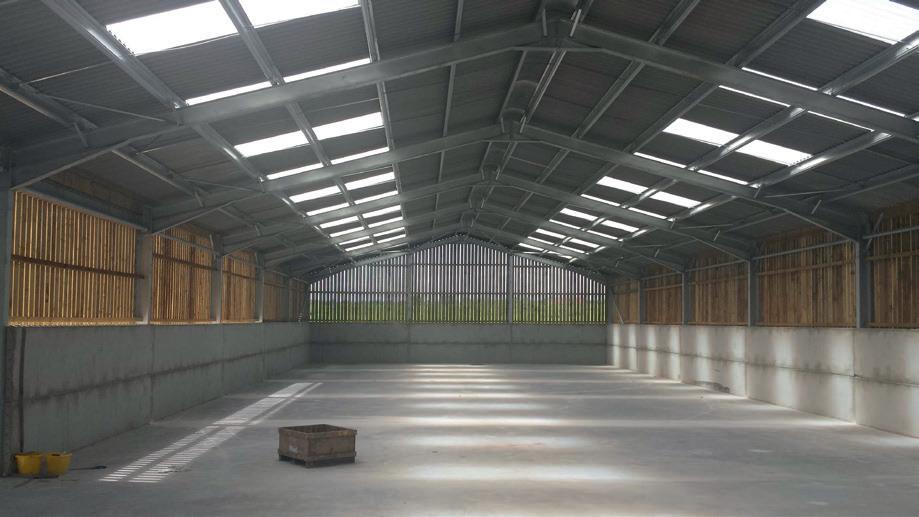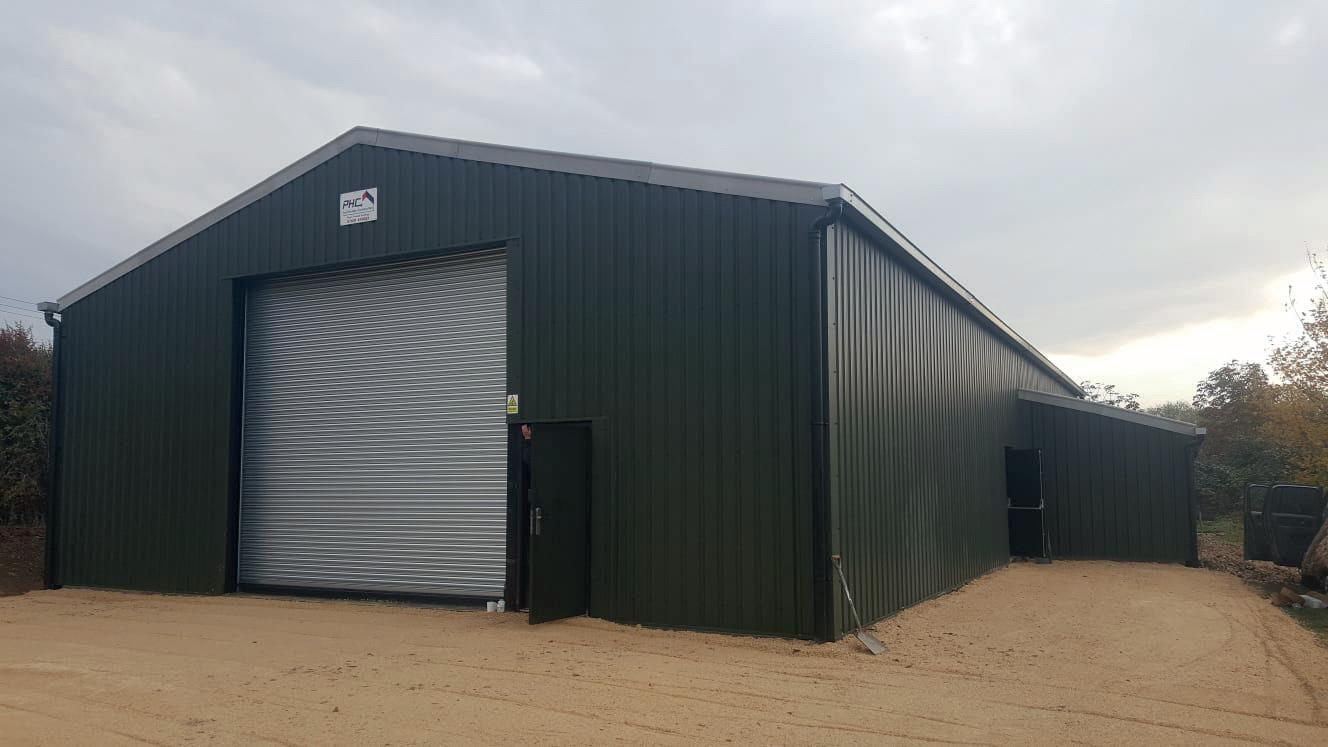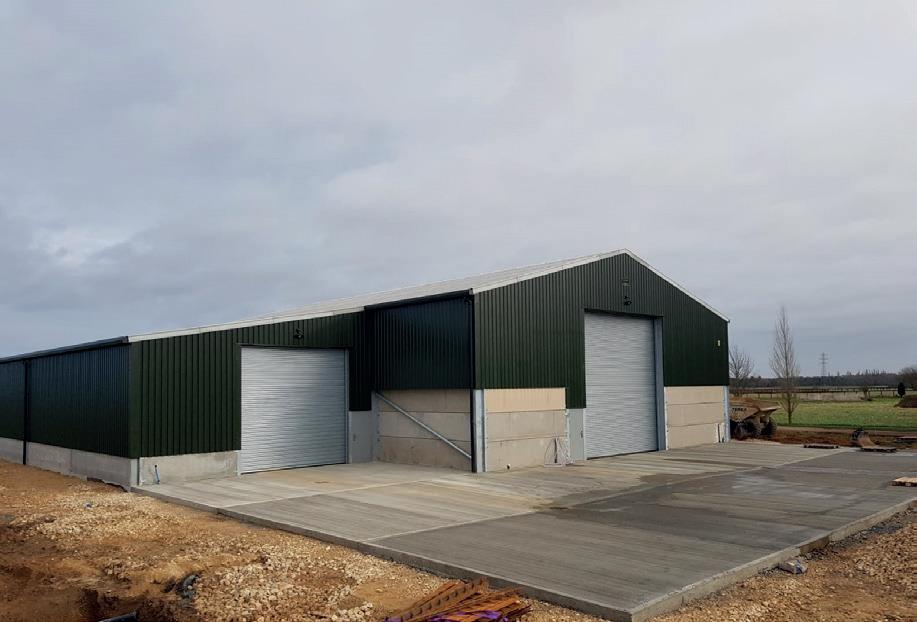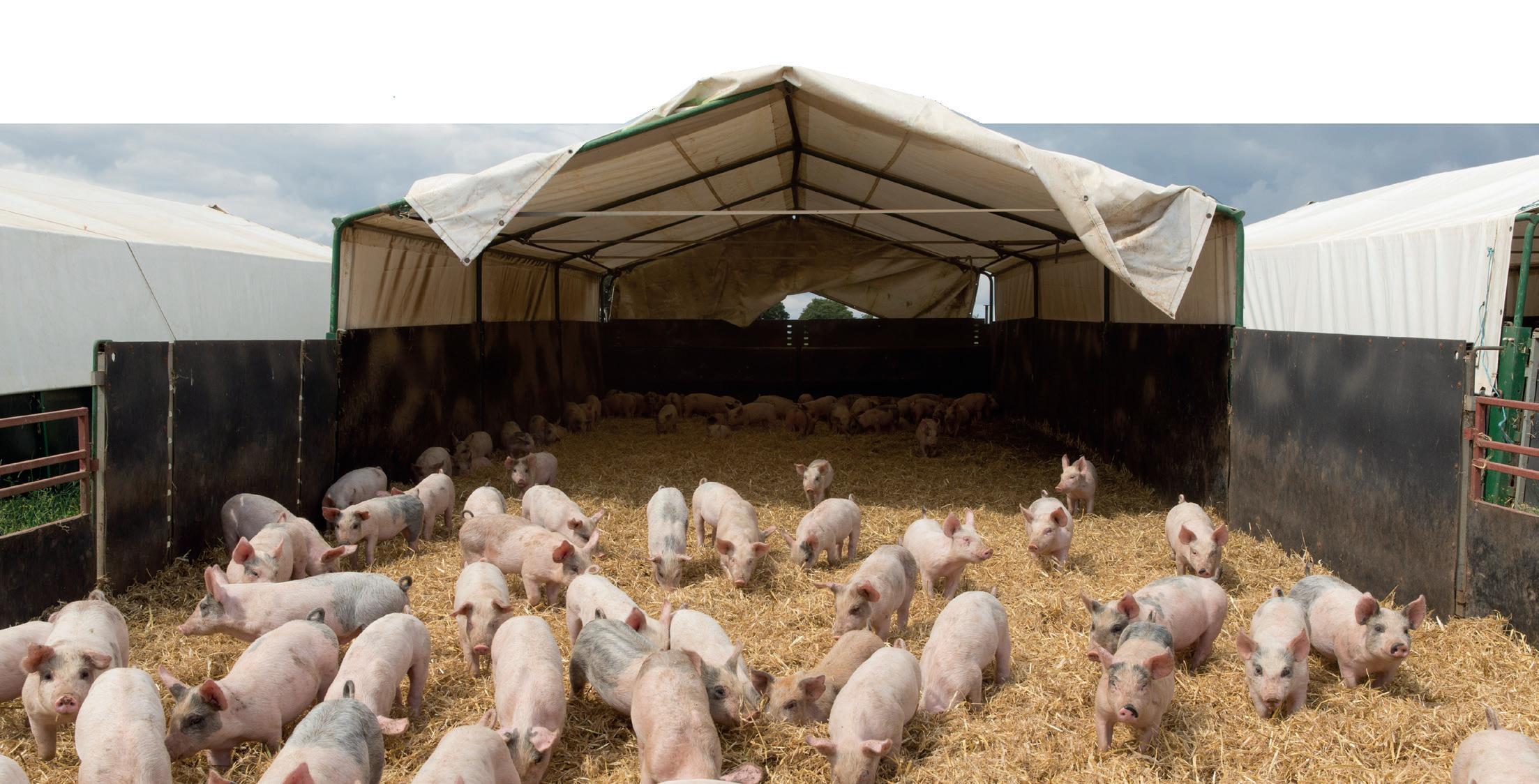
11 minute read
Pig & Poultry Review
Emissions have reduced for both outdoorbred pigs and indoor units
Big reduction in carbon footprint of pig farms
The carbon footprint of British pig farming has reduced by almost 40% over the last 20 years – making pork a much more environmentally friendly meat for consumers, suggests a study.
The independent research is based on conclusions from historic data on livestock systems across England, Scotland and Wales. Because data on agricultural inputs was sparse, a new methodology was developed to retrospectively estimate their contribution.
The study was led by the Institute for Global Food Security (IGFS) at Queen’s University Belfast, Northern Ireland. Agricultural systems have come under pressure to reduce their carbon footprint and the UK government has set a target of carbon neutral farming by 2050.
Research leader Ilias Kyriazakis said: “The reason this research is so significant is that it shows an area of livestock farming where carbon footprint has been reducing over the past 20 years, almost under the radar.
“We hear a lot these days about the need for farmers to reduce their carbon outputs for the sake of the environment, especially as it applies to beef and dairy cattle farming. There is much more attention focused on ruminant food systems as they produce higher greenhouse gas emissions.”
Calculating the carbon footprint of a farming system is a complex metric. It involves a large number of indicators including what kind of fuel is used on the farm, how soil is cultivated, the style of land management and the types of animals and crops farmed.
Although the environmental impact contribution per unit of meat from pig systems is relatively low, pig meat is the meat type most produced and consumed globally. Scientists says it therefore contributes significantly to several forms of environmental impacts.
The study estimates that pig production systems contributed 668 milCalculating the carbon footprint of a farming system is a complex metric
lion tonnes of carbon dioxide to greenhouse gas emissions in 2013 – roughly 10% of emissions produced by livestock systems overall.
In addition, pig production systems are considered to be major contributors to the acidification and eutrophication of the environment. This is due to emissions of nitrogen and phosphorous from manure storage and spreading.
The new study suggests an overall drop in the carbon footprint across the British pig sector. This amounts to a 37% reduction in emissions for indoor production systems and a 35.4% reduction for outdoor-bred pigs.
Animal feed
The role of animal feed was found to be central to the environmental impact of pig farms – accounting for between 75-80% of carbon footprint. Changes to feed ingredients, therefore, had the continued on p34
How better productivity reduces emissions
Improvements in animal performance have contributed significantly to the reduction in the environmental impact of pig production.
This includes better breeding for leaner and faster growing pigs, increases in number of piglets born per sow per litter and reductions in overall mortality Advances in breeding leaner and faster-growing pigs alone was found to lower carbon footprint by 20%.
Professor Kyriazakis conducted the research in collaboration with scientists from other UK institutions, interrogating publicly available Agriculture and Horticulture Development Board (AHDB) data from Great Britain from 2000-2020.
He said he believed it is the first time inverted modelling has been used to investigate the environmental impact of any livestock system. The findings have been published in the Agricultural Systems journal following peer review.
“I believe there are important lessons to be learned from this study – not only for better environmental management as it relates to pig farming, but potentially for all livestock systems,” said Prof Kyriazakis.
“Some of the improvements identified in this study could potentially be applied to other animal systems, which would ultimately help move our collective agriculture systems towards a carbon-neutral model.”
continued from p33 potential to significantly alter the carbon rating of pig farms and the industry as a whole.
More specifically, the increasing trend of replacing soya imported from South America with home-grown crops such as rapeseed and sunflower meal to feed pigs was found to have a significant mitigating effect on environmental outputs.
Advances in animal nutrition and feedstuff availability were also found to have had a beneficial effect, particularly the increased availability of synthetic amino acids and enzymes, the price of which decreased over the time period in question.
When added to domestic feedstuffs like rapeseed, these supplementary ingredients increased nutrient availability and improved feed balance, which was found to have reduced nutrient excretion in manure while boosting animal productivity by as much as 30%.
The study also found that such supplements in animal feed helped lower levels of phosphorous in run-off from pig manure by more than 20%, reducing the contribution of pig systems to freshwater pollution.
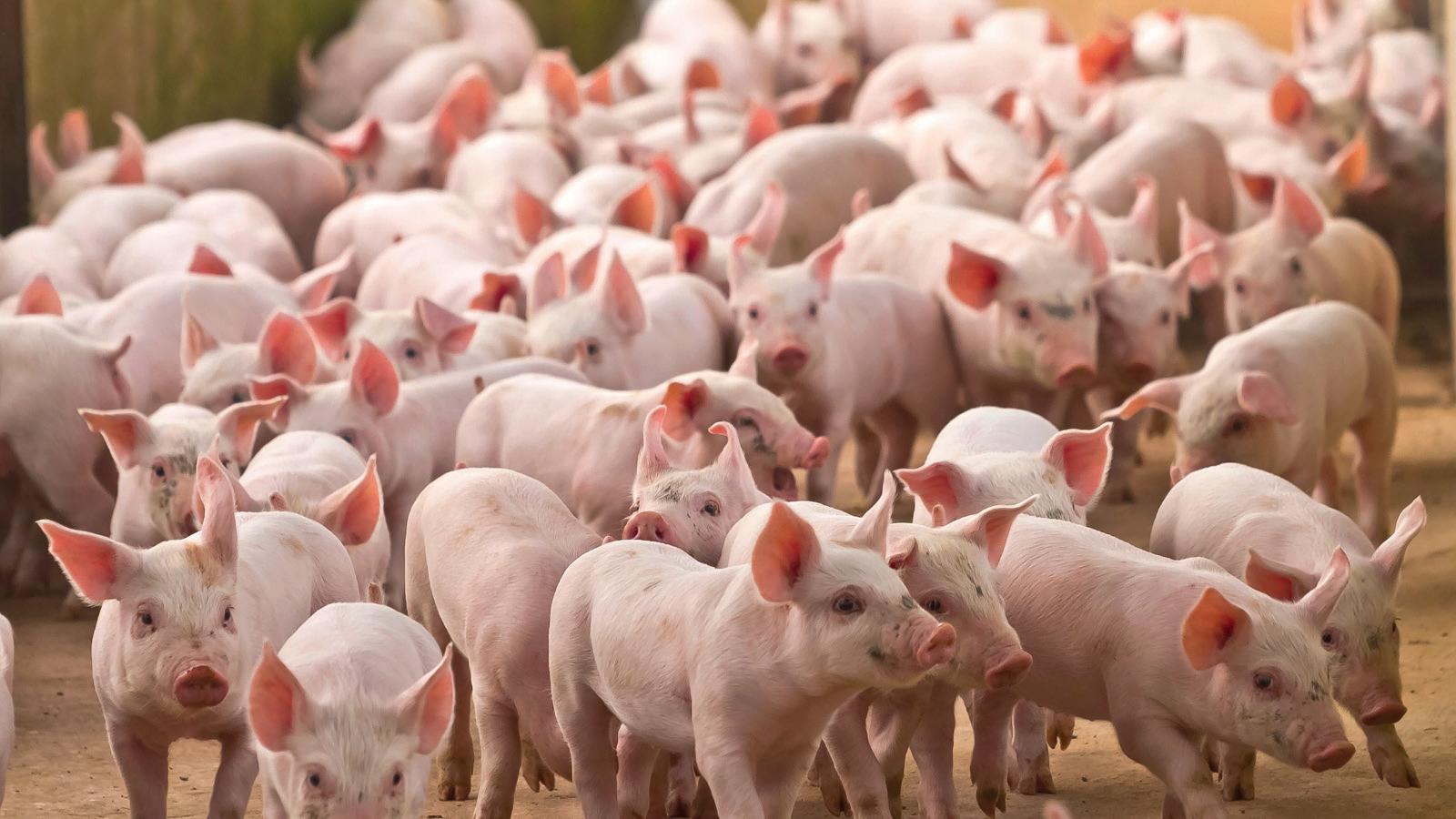
Disease prevention remains priority for pig producers
• Producers help drive down antibiotics • Biosecurity among industry challenges • Good progress but more work needed
Pigs farmers are being urged to look at all aspects of disease prevention to meet new antibiotic reduction targets.
The targets have been set by the industry-backed Responsible Use of Medicines in Agriculture Alliance. Good progress has been made so far but further actrion is needed to meet revised targets for 2024.
A 5% reduction in antibiotic use has already been seen according to the latest figures for the first half of 2020, says Gemma Thwaites, a clinical director at Garth Pig Practice. But there is still room for improvement, she adds.
“Producers need to look at all aspects of disease prevention, to identify where further improvements can be made in order to reach the further 30% reduction from the 2020 baseline RUMA has set out.”
Disease risks
Biosecurity on pig farms is fundamental to preventing disease outbreaks and needs to be prioritised at all times. But it can be a challenge where weekly batches of pigs coming on to the unit rather than all-in all-out systems because
Producers should consider diagnostics more widely.

new disease pressures are constantly knocking at the door.
“Generally, external biosecurity has greatly improved across farms,” says Ms Thwaites. “It is internal biosecurity where producers still tend to fall down, especially on farrow to finish farms where it’s often the same people managing and vaccinating all the pigs.
“It can be easy to forget to change or disinfect your boots between sheds, Internal biosecurity is where producers still tend to fall down

change needles when vaccinating, or to pop into a different shed and not follow the farrow to finish order. But it’s important sites do all they can to limit these actions, as this is how disease spreads.”
Diagnostics
Producers are also being urged to consider diagnostics more widely to take a more targeted approach to disease control and reduce antibiotic use. Diagnostics are often an underused resource within the sector despite the benefits they bring.
“The industry can be guilty of looking into a problem once the mortality hits 10% or daily liveweight gains have dropped significantly, by which time it is often too late. Ideally action needs to be taken as soon as a slight change in performance is seen.
“As an industry, we need to work closer together on diagnostics. Pharmaceutical companies, such as MSD Animal Health, are also keen to support vets and farmers with on-farm diagnostics to help identify potentially significant diseases and prevent them taking hold of pig herds.
“Often different viruses present very similar symptoms such as PRRS and flu and without diagnostics it’s hard to be sure of the exact problem on-farm.”
Vaccination
Another key part of disease prevention is having a thorough vaccination protocol in place. This should include vaccination technique as well as the type of vaccines being used. An IDAL device allows for needle free vaccination to take place, says Ms Thwaites.
“While there are a number of benefits to this, such as operator safety, the biggest thing for me, as a vet, is the reduced risk of spreading disease. If you vaccinate one pig that is PRRS positive with a needle and then go and vaccinate another 20 pigs, this will potentially spread the disease.”
Huge steps have been made in the pig industry to reduce the need to use antibiotics and implement proactive disease prevention techniques, but there’s more work to be done, adds Ms Thwaites.
“I’m confident the target RUMA has set can be achieved if producers work with their vet to review their whole disease prevention protocol in detail, and identify areas where incremental improvements can be made.”
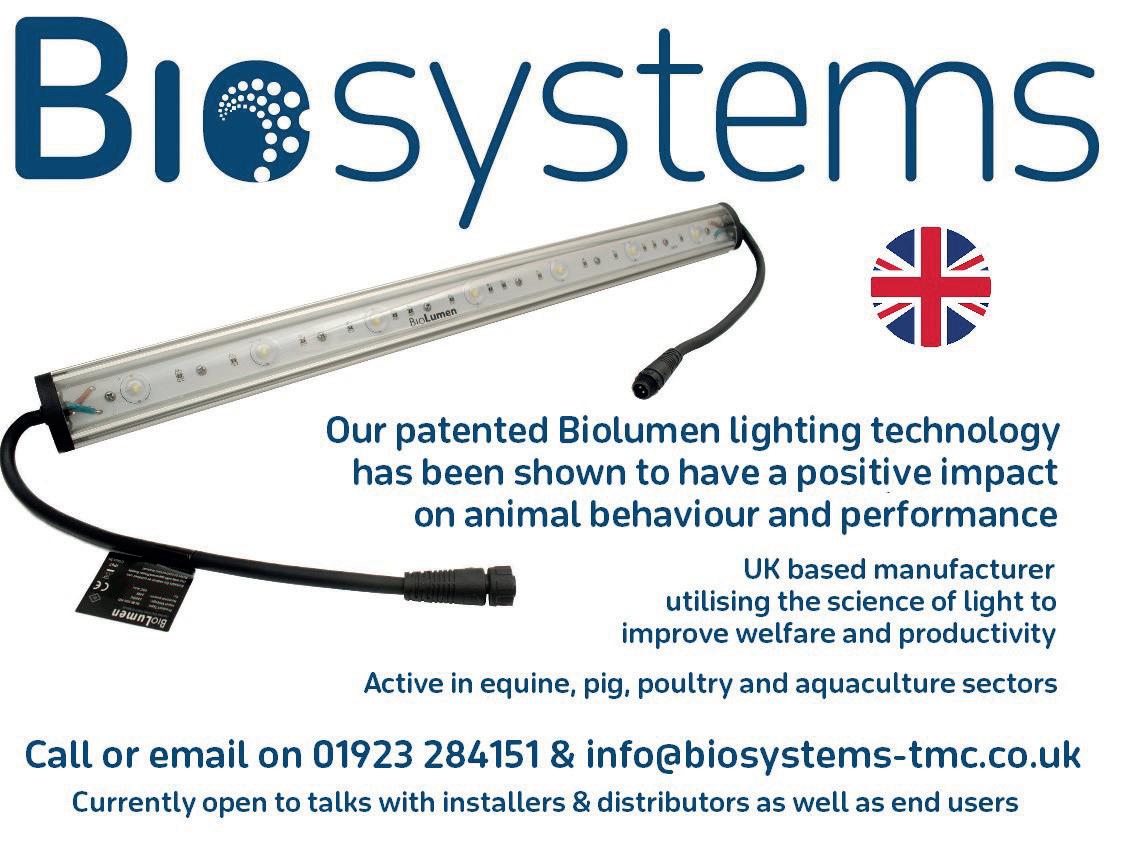

Sprayed Foam Insulation Specialists FOR A FREE QUOTE CALL: 01405 812682
Polyurethane sprayed foam insulation leaders
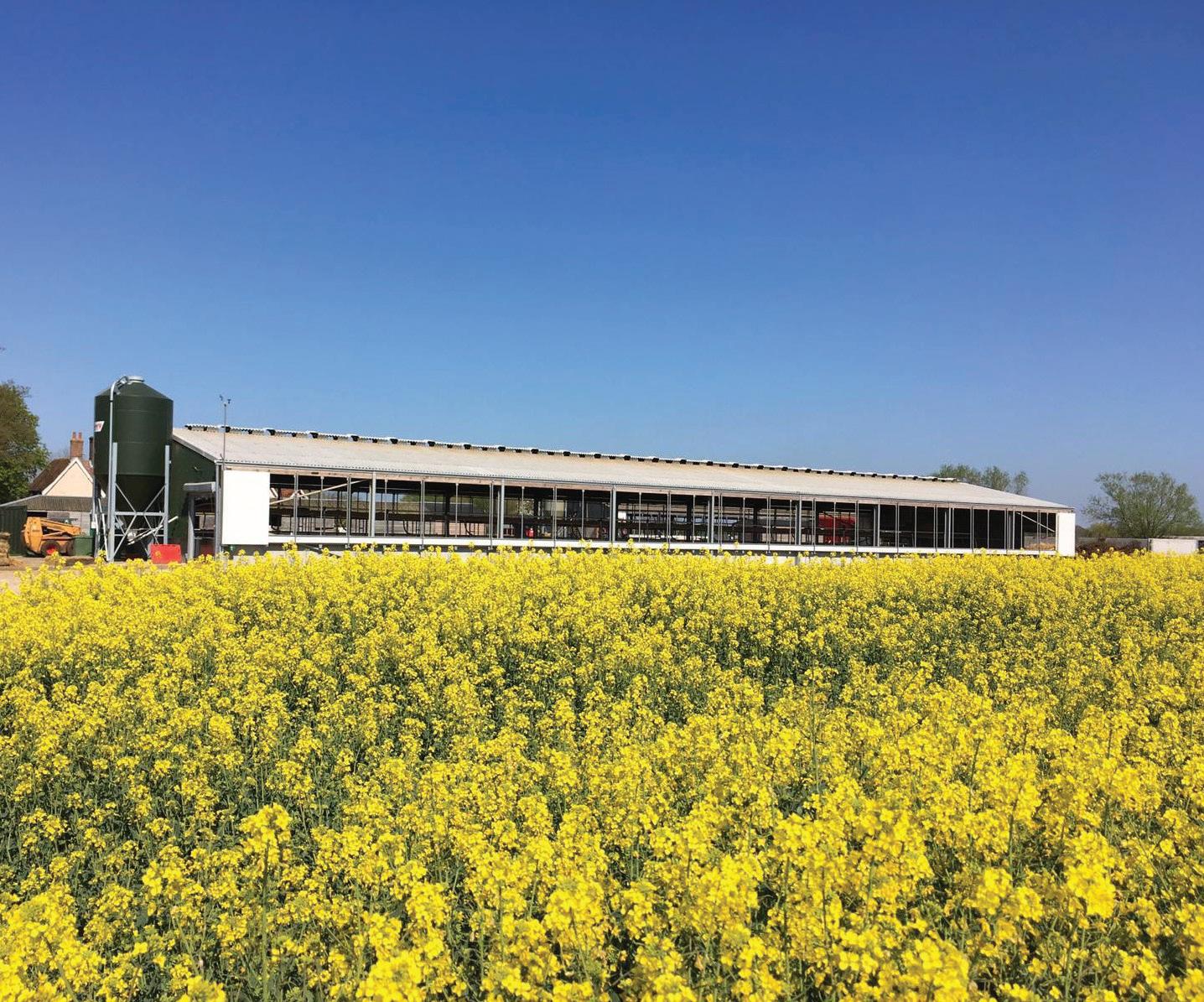
Crop stores, workshops, barns. Frost damage protection, insulation upgrades, condensation. info@webstersinsulation.com www.webstersinsulation.com
40 years in the pig finishing business
Are you looking for a new reliable income from livestock?
Due to continued growth BQP are offering the opportunity to join this successful contract pig finishing operation. Existing buildings, buildings for conversion or purpose-built new buildings are required.
• Long term agreements, subsidised investment and competitive returns • High welfare straw-based system • Working in a fully integrated supply chain for the premium retailers
For further details contact Mark Jagger: M: 07802 596702 E: mark.jagger@tulipltd.co.uk
www.bqptulip.co.uk
Timely reminder to check pen temperatures
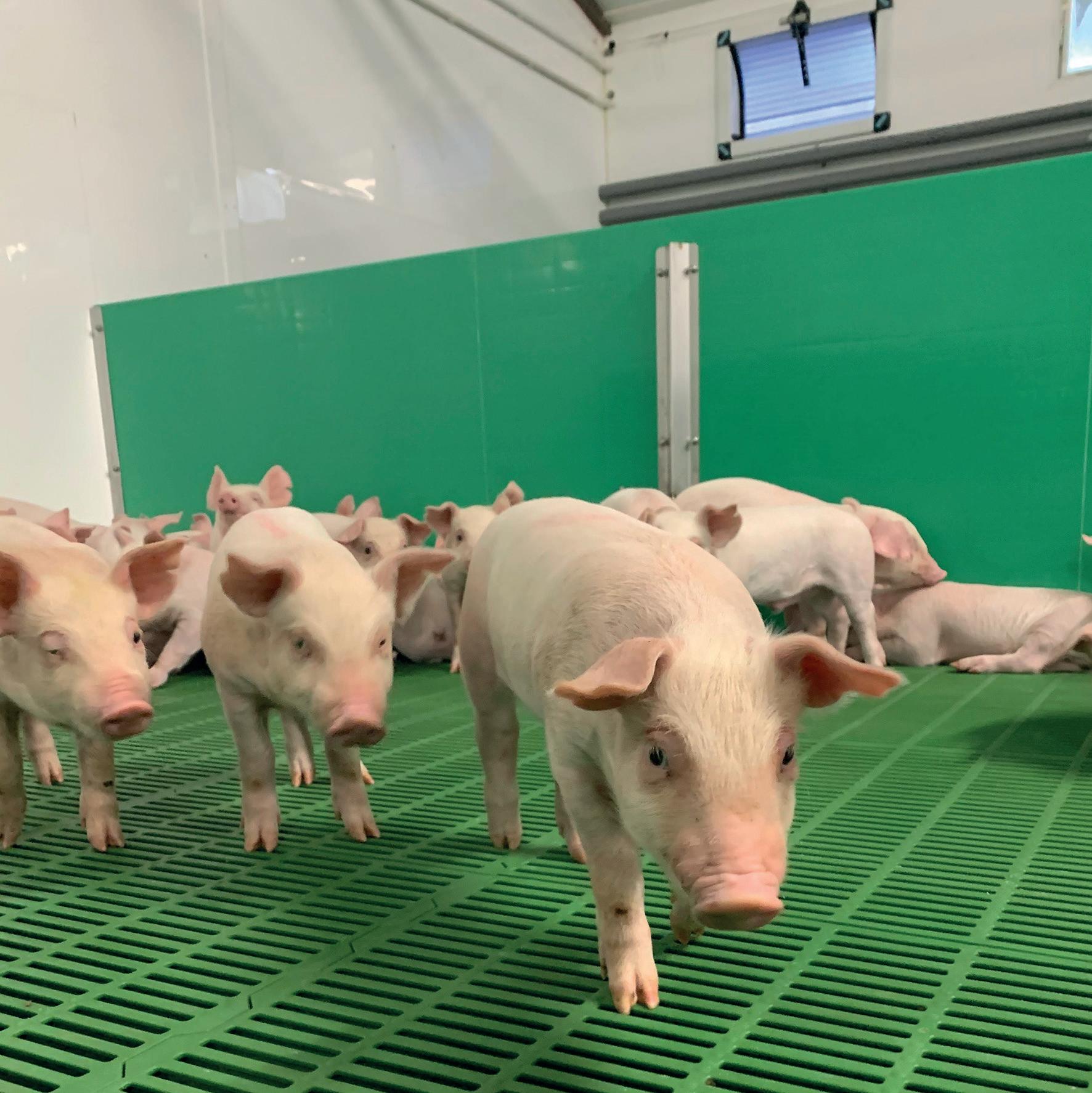
Pig producers are being reminded to check the set temperatures of pens following routine inter-batch pressurewashing and disinfection.
After cleaning, many operatives set the minimum temperature very high to keep the fans operating to help dry out house interiors before the next lot of pigs is moved into the building, says Tim Miller, an environmental specialist with ARM Buildings.
“I have come across cases recently where the stock person has forgotten to turn down the minimum temperature after restocking the pens and has then found that the occupants have become too cold. Chilling can be particularly dangerous in young pigs, if it is not picked up quickly.”
Mr Miller also warns farmers against setting the minimum temperature too low in an effort to keep pigs warm, by reducing the amount of cold air entering the building. Care has to be taken to ensure that air is changed, whatever the outside temperature, he says.
“If the building is not warm enough at minimum temperature setting then supplementary heating should be considered,” he says. With low outside temperatures at this time of year, farmers should also check that their alarm systems are working properly.
Supplementary heating should be considered where necessary
Alarm system upgrade
Farmex is offering an upgrade to the software on its Dicam controllers to safeguard the health and welfare of housed pigs in controlled-environment buildings.
The £50 upgrade is on all controllers with an alarm function. It ensures that stockpeople cannot permanently deactivate the alarm, for example when emptying pens. An effective alarm system is a legal requirement to ensure pigs have sufficient ventilation.
If an operator mistakenly leaves a room inactive when restocking or while it still has pigs in it, the high – or low – temperature will still trigger the alarm. Individual rooms can be inactivated when empty, or when the power is to be turned off.
The upgrade overcomes the problem of human error if a person forgets to re-activate the room when restocking, says Farmex managing director Hugh Crabtree.
Supplying quality products & service since 1975


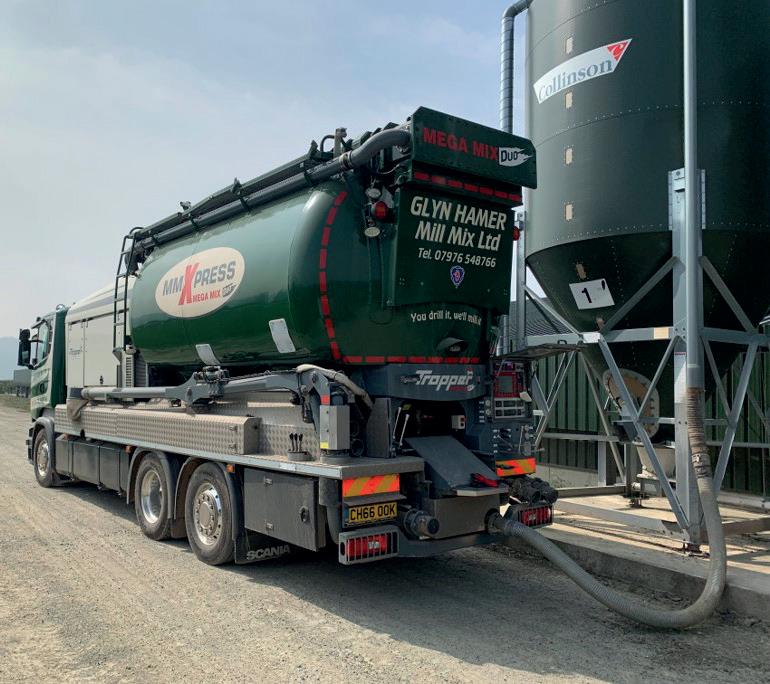
Dual Pumps is a leading supplier of pumps, fluid handling components, agricultural & industrial spraying products, pressure washers, pressure wash accessories and cleaning equipment.
REQUEST YOUR COPY
www.dualpumps.co.uk
GLYN HAMER MILL MIX LTD
WE PROVIDE MOBILE FEED MILLING AND MIXING SERVICES FOR ALL BREEDS OF ANIMALS AND POULTRY, FROM STRAIGHT ROLLED CEREALS OR HAMMERMILLED PULSES TO COMPLETE MIXED RATIONS AND FEED BIN TRANSFERS.
With numerous suction and discharge options including directly into feed bins or separate bunkers, we are able to provide an efficient, traceable and consistently high standard of service for our customers.
Based in the West Midlands we run a fleet of modern ‘Tropper’ machines specifically built for precise mixing and accurate weighing operated by our experienced, friendly drivers.
To discuss your farm’s requirements please give us a call on: James - 07584 582 598 Glyn on 07976 548766 / 01568 750 183 E: info@glynhamermillmix.co.uk W: www.glynhamermillmix.co.uk
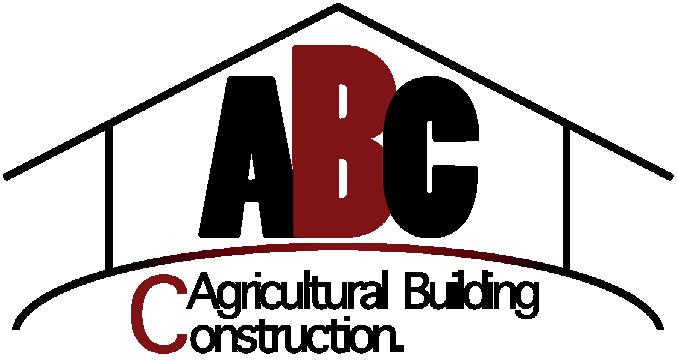
www.agriculturalbuildingconstruction.co.uk info@agriculturalbuildingconstruction.co.uk Tel: 07981 031613 / 01945 660231 Wisbech, Cambs
Specialists in Concrete Floor Laying
Agricultural Building Construction Ltd operate nationwide, providing steel framed buildings with associated groundworks and concrete flooring. Our aim is to provide a high quality product at an affordable price combined with a customer service second to none. Our structures are multi-purpose ranging from:
• Dairy housing • Beef housing • Sheep housing • Crop storage • Silage clamps • Grain stores • Workshops • General stores
So why should you call us today?
• Free quotation • Competitive rates • All work fully insured • Skilled, committed staff • Highly professional service • Plant hire available with operator
